Experimental Research on SiPM-Based Cosmic-Ray and Neutron Detection Systems
Overview
This project develops a compact detection platform based on plastic scintillators with Silicon Photomultipliers (SiPMs), complemented by a helium-3 tube detector for neutron spectrum measurement. The system is designed to register cosmic-ray muons and neutrons under coincidence logic, enabling both detector calibration and exploratory muon imaging studies.
Experimental Setup
The telescope employs two vertically aligned scintillators coupled with SiPMs, with coincident signals to identify through-going muons. The readout chain incorporates spectroscopy amplifiers, single-channel analyzers (SCAs), and a coincidence unit triggering a multichannel analyzer (MCA). A \({}^{3}\mathrm{He}\) tube neutron detector is inserted coaxially to measure neutrons under the same trigger conditions.
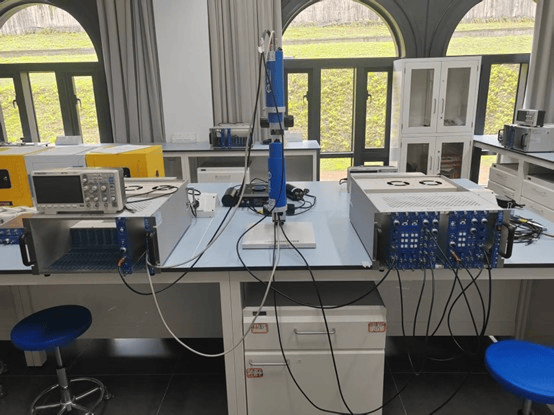
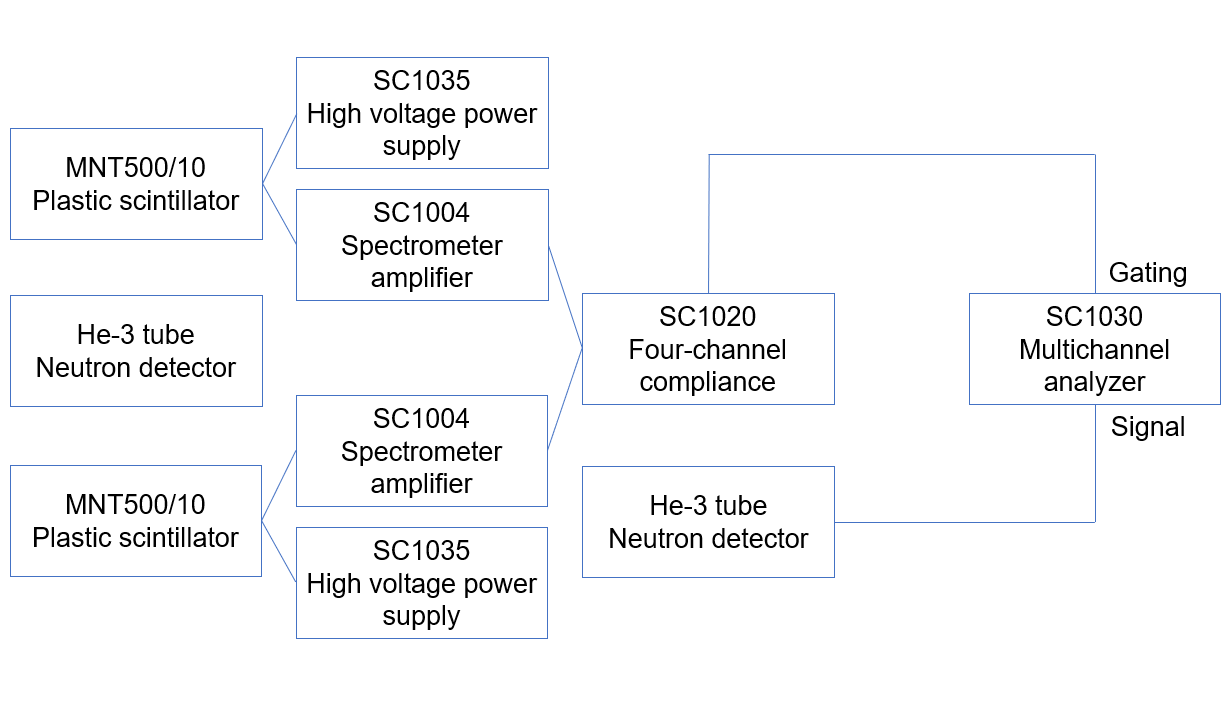
Methodology
Muon energy deposition in the plastic scintillators and the He-3 tube is modeled by the Bethe–Bloch formula:
\( -\left\langle \frac{dE}{dx} \right\rangle= K z^{2} \frac{Z}{A} \frac{1}{\beta^{2}}\left[\tfrac{1}{2} \ln\!\left( \frac{2 m_{e} c^{2} \beta^{2}\gamma^{2} T_{\text{max}}}{I^{2}} \right)- \beta^{2} - \frac{\delta}{2}\right] \)
In thin absorbers, energy deposition follows a Landau distribution. Python-based Monte Carlo simulations were developed to reproduce the spectrum and predict counting rates, providing a cross-check against experimental results.
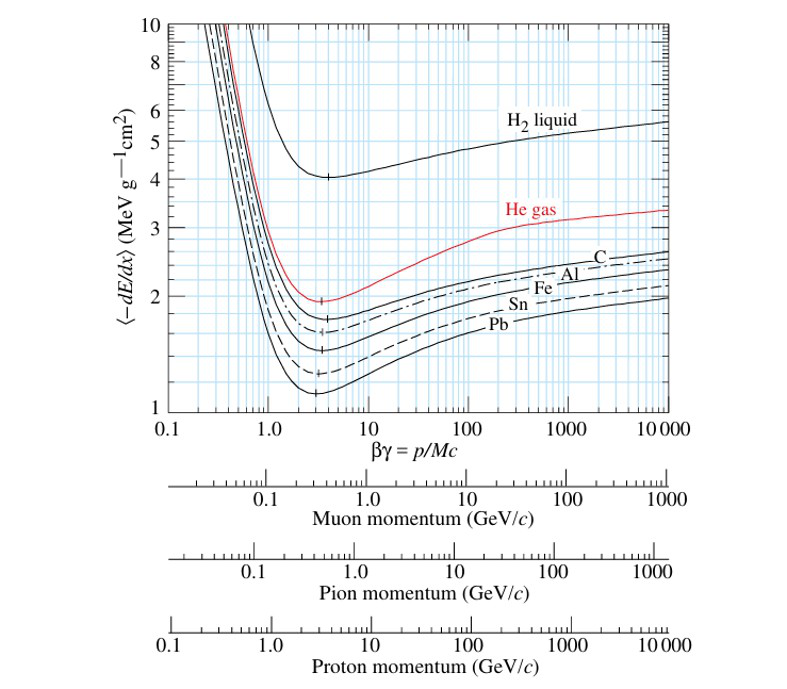
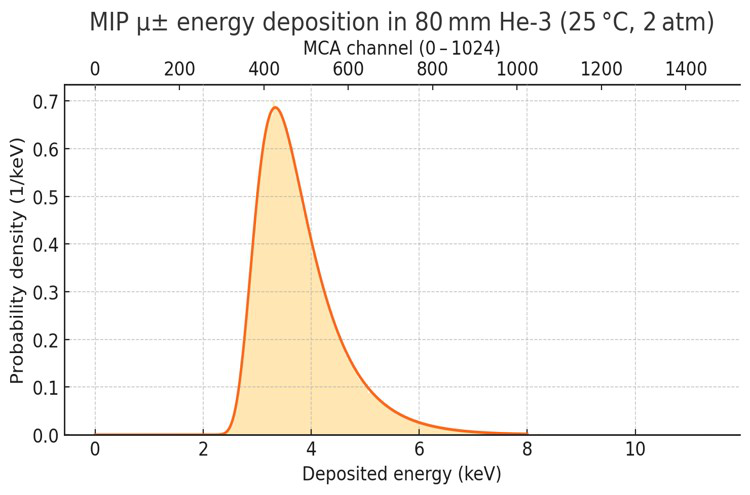
Neutron detection is based on the reaction:
\( n + {}^{3}\mathrm{He} \rightarrow p + t + 764\ \mathrm{keV} \),
where the proton–triton pair deposits its full kinetic energy, forming a distinct peak in the MCA spectrum. A compact Am-241–aluminum neutron source was also prepared via:
\( \alpha + {}^{27}\mathrm{Al} \;\rightarrow\; {}^{30}\mathrm{P} + n \)
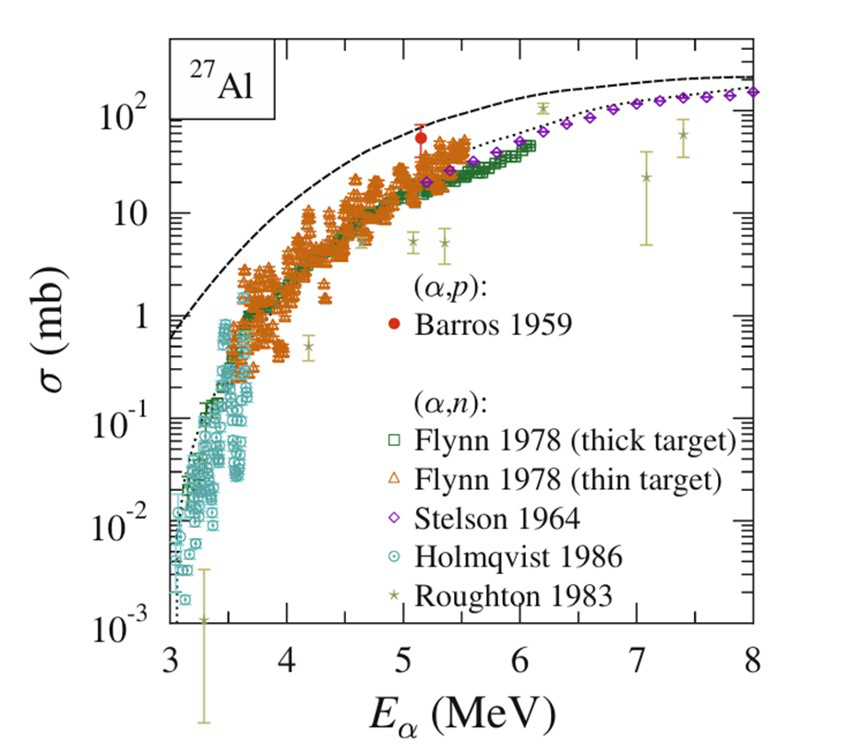
My Contributions
- System Design: Constructed a multi-channel SiPM-based cosmic-ray telescope with coincidence logic for muon detection.
- Experimental Corrections: Measured two-fold and three-fold coincidence rates with three stacked plastic scintillators, and developed a Python program that combines Monte Carlo sampling with experimental data to determine the effective scintillator length and correct raw measurements.
- Detector Optimization: Tuned SiPM bias and thresholds to enhance resolution, suppress noise, and ensure stable muon flux measurements across multiple building levels.
- Theoretical Modeling: Applied Bethe–Bloch and Landau MPV analysis; built dedicated Python-based Monte Carlo simulations to reproduce muon energy-loss spectra and quantitatively predict detector efficiency.
- Neutron Detection: Designed experiments with an Am-241–aluminum neutron source, identified the p–t coincidence peak in the He-3 tube, and established calibration benchmarks via spectral analysis.
Progress & Outlook
Initial efficiency studies confirmed alignment of scintillator modules and validated coincidence logic. Measurements across multiple floors demonstrated attenuation trends consistent with muon absorption, supporting the feasibility of muon imaging. Current efforts focus on refining neutron-source validation and quantifying uncertainties. Longer-term, the platform provides a foundation for muon imaging applications and extended particle instrumentation calibration